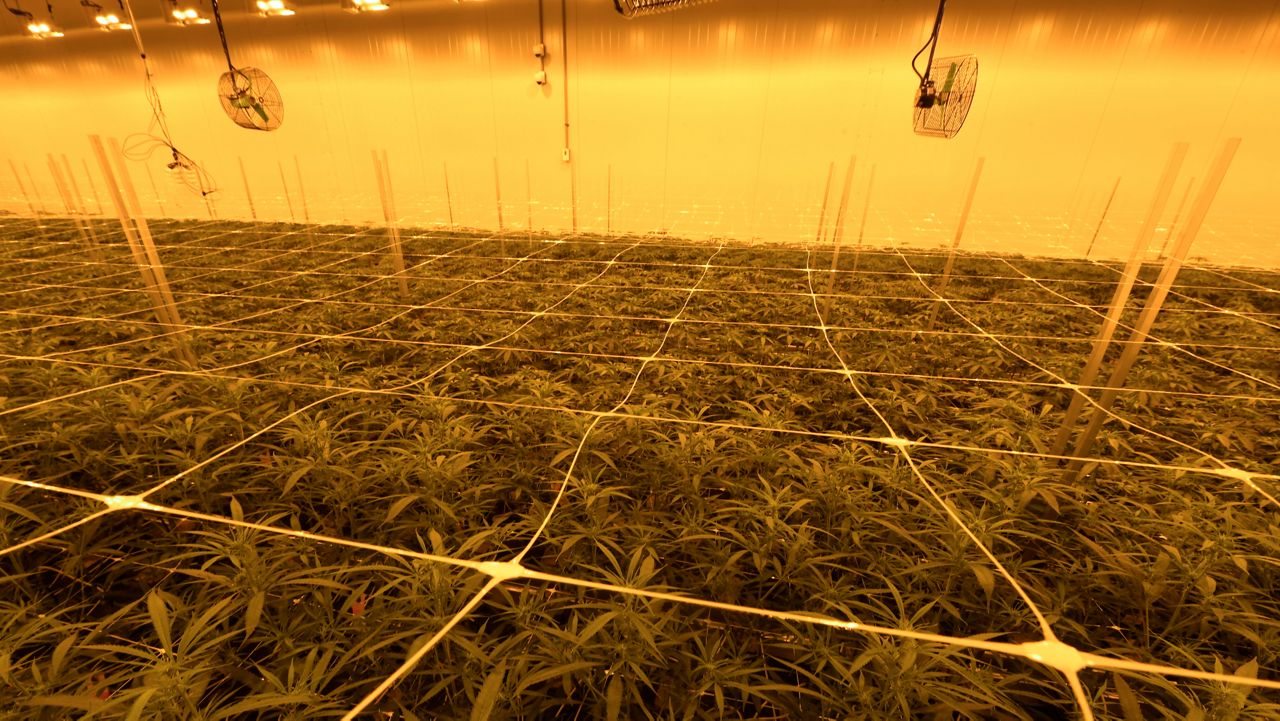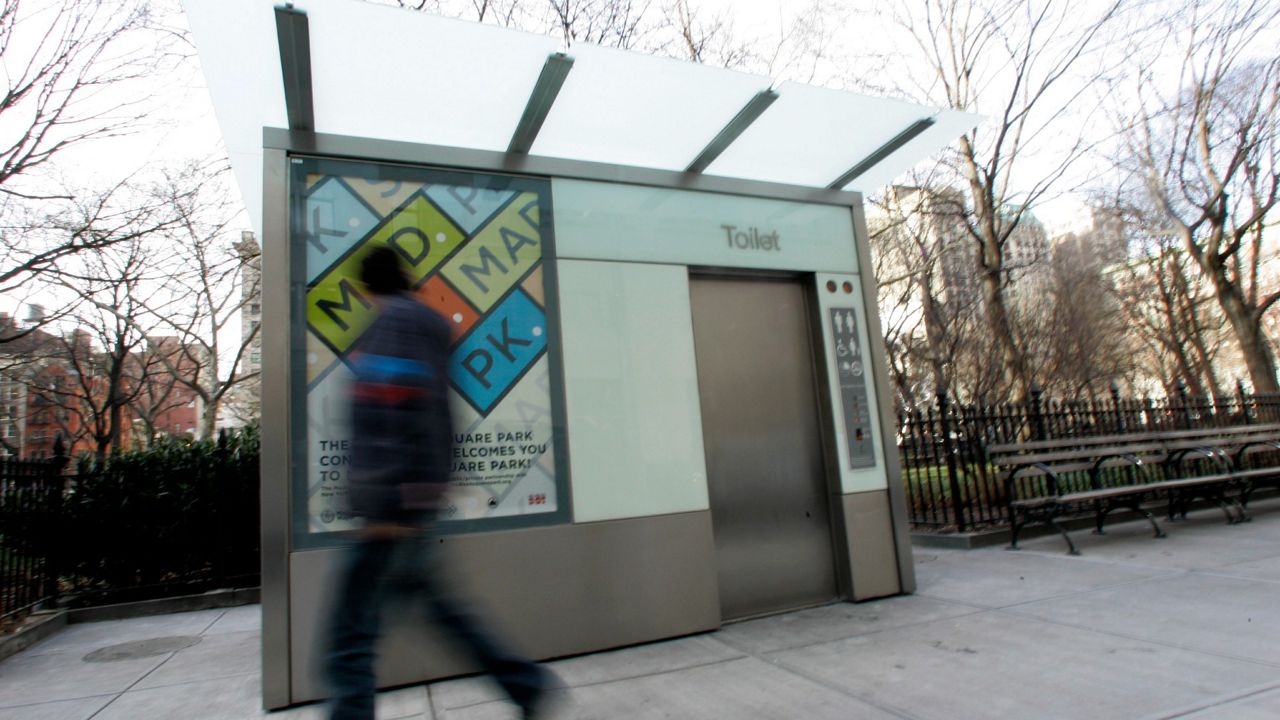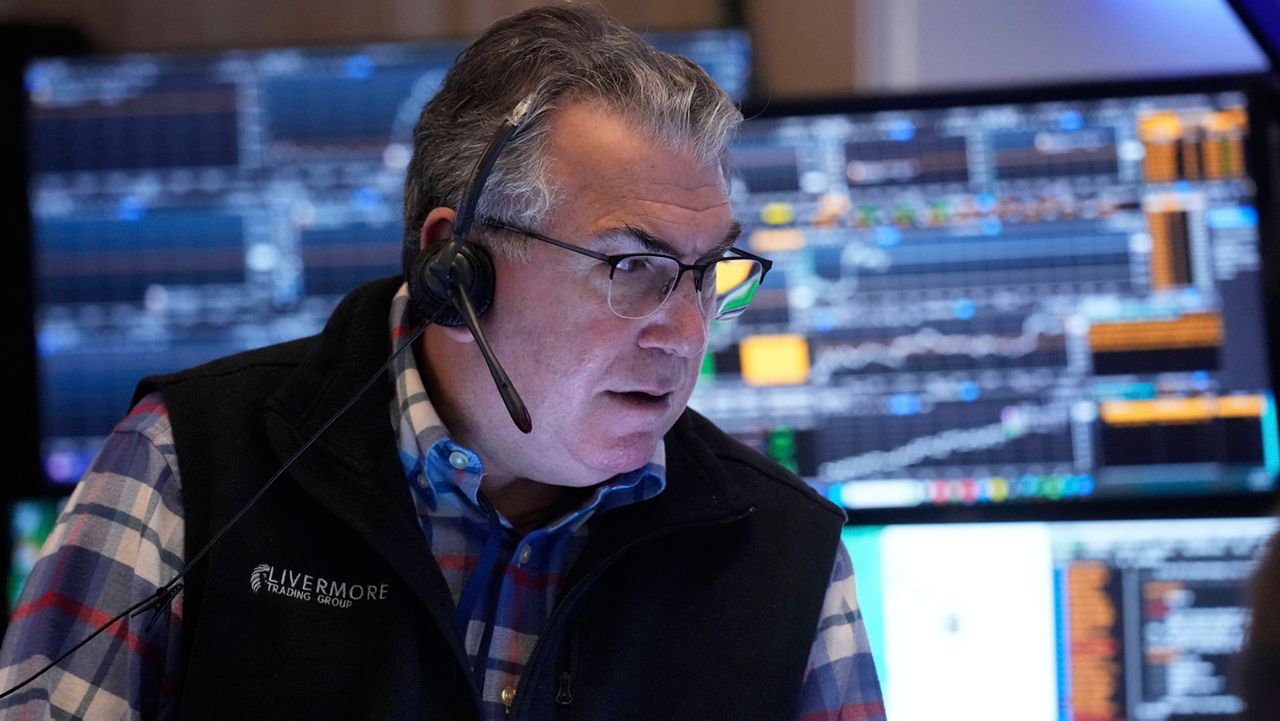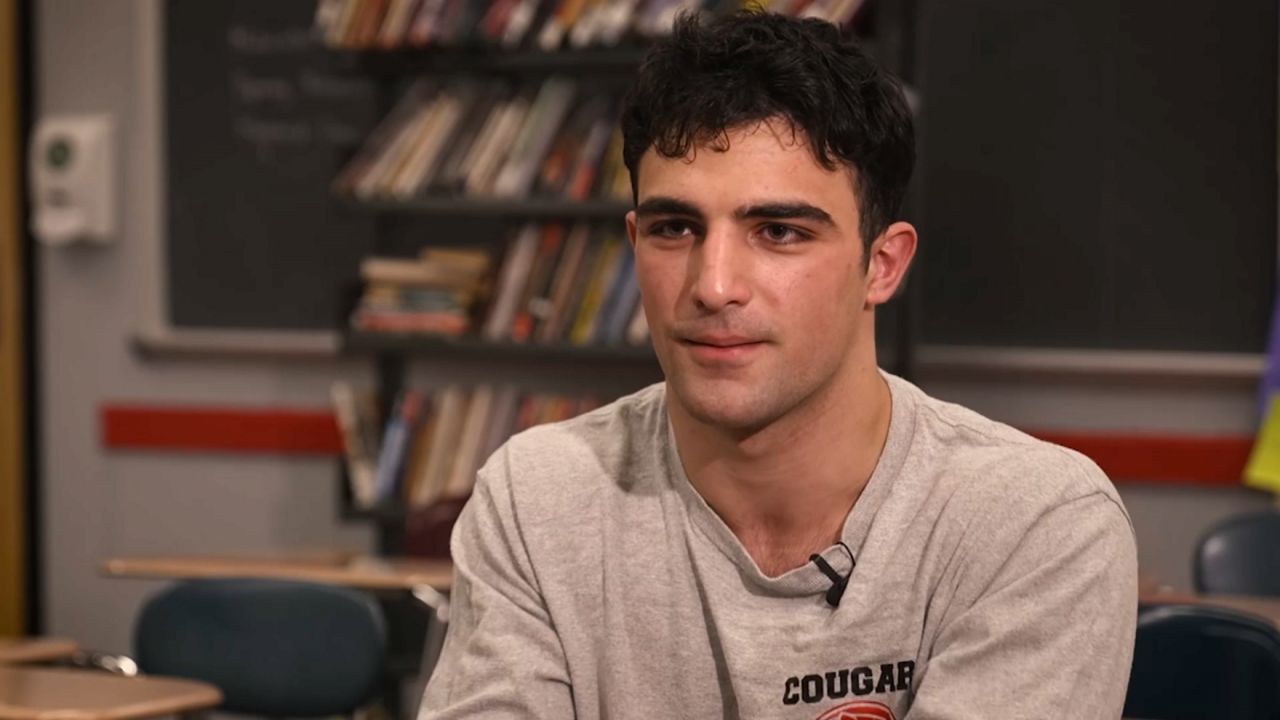Alexis Mena first started growing hydroponically when they were 14 years old for a high school science project. They set up the plants in the lid of a box, with the roots growing directly into filtered water.
That first crop was tomatoes, “but I learned that if you can grow tomatoes, you can probably grow cannabis pretty well,” Mena said.
Through their 20s, they say, they installed and consulted on both outdoor and indoor hydroponic growing systems for cannabis in California, Colorado and Washington.
Today, Mena, 35, is a co-founder of Universe City, a business incubator and co-working space in East New York, Brooklyn, that also has a hydroponic farm that Mena expects to soon produce 3,000 pounds of food each month.
With marijuana recently legalized in New York state, Mena is now planning to make Universe City into a resource center for Black-owned cannabis businesses, offering expertise, indoor growing space and specialized equipment, such as lights.
What You Need To Know
- Advocates for a sustainable marijuana industry in New York are hoping nearly all of the state's pot will be grown outdoors
- That vision conflicts with efforts to create urban, indoor growing operations to employ Black, Hispanic and indigenous residents
- Most agree that the environmental benefits of growing marijuana outdoors are clear
- They hope that the multibillion-dollar legal marijuana industry can fulfill hopes for both climate and racial justice
Mena envisions the new cannabis cooperative as in step with the spirit of the legalization legislation, which included strong provisions to put minority groups and people incarcerated for crimes related to marijuana use and distribution at the front of the line for business and growers’ licenses.
Yet Mena’s focus on urban growing conflicts with the open-air vision that some marijuana legalization advocates share for the new industry, and reveals the complex interplay of high hopes for an industry poised to have major impacts on the economy, the environment and racial justice.
Indoor grows, some legalization advocates argue, are environmentally harmful, and outdoor farming requires much less funding of budding businesses: no high urban rents, specialty lights or expensive systems for filtering water and air.
“Despite the color of your skin, I would hope that if you want to grow a crop, you would move to where you can grow that crop,” said Nicole Ricci, a member of the board of NY Small Farma, a nonprofit that promotes outdoor growing of cannabis and lobbied for climate-focused provisions of the state’s legalization legislation. “If you want to be a farmer, you should be willing to go to farmland.”
Mena agrees with advocates like Ricci that indoor grows are not sustainable and miss out on the ecological benefits of farming marijuana outdoors.
“Growing cannabis, if done correctly, with indigenous techniques, is one of the things we can do to heal this planet,” they said. “That benefit, unfortunately, is lost when you are growing indoors, hydroponically.”
But they think it is “classist” to suggest that people marginalized by cannabis prohibition should be willing to up and leave their communities to get in on the gold rush of legal marijuana.
“I work with youth that have never been outside of the borough that they've been born into,” Mena said. “You’re gonna tell me that the same people who have never traveled outside of Brooklyn are now gonna be willing to travel to Hudson?”
The case for the outdoor grow
New York is set to be the country’s second-largest marijuana market after California, valued at a potential $4.2 billion.
Proponents of growing marijuana outdoors say that the scale of indoor-grow operations that are likely to come to New York, and their resulting greenhouse gas emissions, make outdoor grows all the more important.
“There's massive money in this space,” said Jason Minard, in-house counsel for Hempire State Farms, a collective of organic farms that grow hemp and produce.
Multimillion-dollar indoor facilities backed by large companies are already making inroads into New York. Early investments in medical marijuana facilities could put them on a fast track for recreational growing licenses.
Green Thumb Industries, a major national player in marijuana, is set to begin construction in May on a $155 million, 450,000-square-foot medical marijuana facility in Warwick, Orange County. Another cannabis company, Citiva Medical, is developing a 40,000 indoor grow facility next door.
“We’re dead set on growing outdoors,” Minard said. “It goes against everything we believe to grow indoors.”
Growing marijuana indoors requires a significant amount of energy to power high-intensity bulbs and for HVAC systems to change out the air in a grow room dozens of times a day.
In Colorado, one recent study estimated, indoor grows contribute 1.3% of its climate change-causing greenhouse gas emissions. The state’s coal industry accounts for 1.8% of those emissions.
That study, published last month in the journal Nature Sustainability, suggested that indoor grows in New York City might emit relatively little greenhouse gases per kilogram of dried marijuana flower, due to the large amount of clean nuclear and hydro power the city relies on: more than California, with its plentiful solar, but less than Colorado.
Minard, Ricci and other proponents of outdoor growing extol its benefits. Cannabis plants sequester more carbon dioxide in a growing season than some trees can in a whole year, helping mitigate climate change and enrich soil. Sunlight can also increase the amount of desirable psychoactive chemicals in marijuana flower, and soil imparts a natural terroir, giving the smoke from the flower kinds of tasting notes prized by craft tobacco smokers and wine lovers.
Hailey Summers, a PhD student at Colorado State University and the author of the recent study on indoor growing emissions, believes that marijuana should be grown outdoors or in greenhouses as much as possible.
But she acknowledges that there are business benefits to growing indoors. Some growers offset utility costs by being able to get six harvests per year indoors as opposed to one outdoors. Indoors, you can also produce the Instagram-ready flowers, flecked with purple and covered in pollen crystals, that consumers have come to crave.
“I don’t think a perfect solution will be, everybody grows outdoors,” she said. “I don't think that’s viable from what businesses want, what consumers want.”
‘Squeeze the goodness out of it’
Minard and Ricci argue that growing outdoors may be ideal for the kinds of growers that New York’s bill aims to empower, avoiding sometimes millions in indoor set-up costs.
“They don't need to pay high rent in high-rent districts,” Minard said. “They don't need to pay for that infrastructure, those high electric bills.”
Ricci said she is not opposed to “micro-grows” in urban areas, and hopes that upstate farms would have business models that include processing plants, distribution centers and retail stores in cities to provide jobs.
She added that there are large Black and Hispanic communities in upstate New York, such as Syracuse, that have direct access to prime farmland. The year-round workforce of Hempire State Farms, Minard says, is about 85% Black and Hispanic.
Ricci said she also is pushing for the state to include regulations that provide financial incentives for people planning to grow outdoors.
“I don’t think it's a choice of one or the other,” she said.
Samir Mahadin, a hemp grower in the Finger Lakes region, agrees, and believes that the industry can be both sustainable and oriented toward racial justice. He is the tentative chair for diversity for the New York Cannabis Growers and Processors Association and hopes to “champion” Universe City’s growing and incubating operation.
Mahadin is a half-Jordanian, half-Dominican New York City native, and said he is “no stranger” to stop-and-frisk policing policies and the effect of incarceration on minority communities.
“Is having cannabis gonna change everything?” he said. “No, but we're gonna do everything we can to squeeze the goodness out of it for everyone policing has marginalized.”
Mena said that Universe City is pursuing a partnership with the New York Power Authority and Farm School NYC, an urban and sustainable agricultural education center, to grow crops inside a shipping container and monitor energy and water consumption. They also want to power Universe City's growing operation with solar panels, and reuse waste water and organic material to create a “closed-loop” growing system.
They are also trying to repair the facility after a fire in February temporarily made growing food indoors impossible.
Those changes, Mena hopes, will help bridge the complex hopes for cannabis as a driver of both ecological and racial justice.
“Is it sustainable? No,” Mena said of indoor grows. “Can it help us develop a sustainable way of doing this? Absolutely.”








